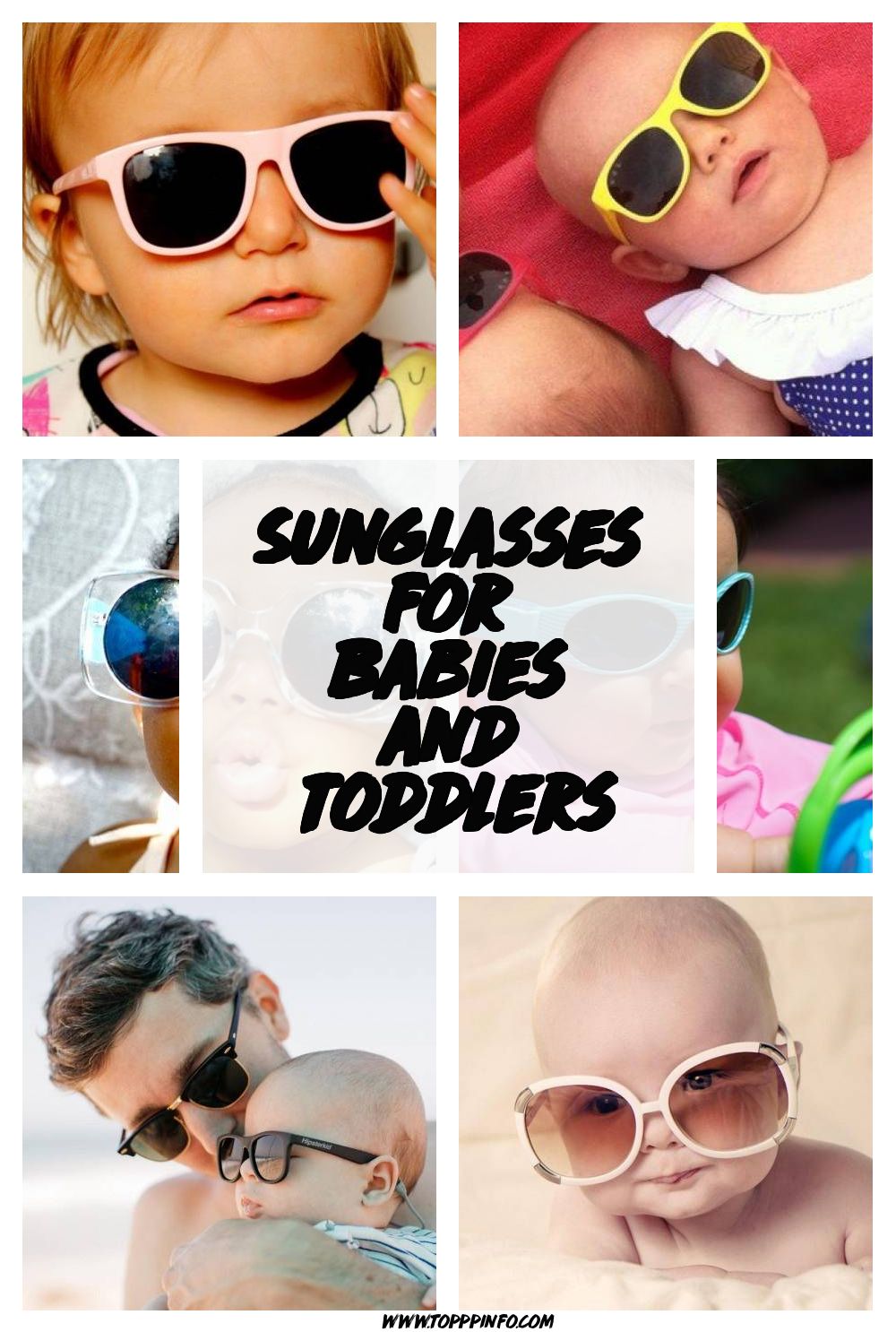Sunglasses for babies and toddlers – why, when and how to choose them?
Many people consider sunglasses to be a fashion accessory. And while it’s true that the right lenses can make you look more stylish, they’re actually a crucial part of your sun protection! When it comes to children whose organism is developing, it is more important not to neglect it. Ophthalmologists recommend that all children under the age of 10, including babies, wear glasses in direct sunlight. Okay, this is important, but how do you choose the right model of baby sunglasses? Here are the answers …
Why choose baby sunglasses?
If your child spends a lot of time outdoors, baby sunglasses are no frills. Their main function is to protect the eyes vulnerable of your treasure from the powerful, harmful UV rays. Speaking of the adult eye, there are pigments in the iris that filter out ultraviolet light. However, in babies, these pigments are not yet fully developed, so it is important to use UV-filtering glasses to prevent damage. It is prevention against serious eye problems like cataracts and macular degeneration (a kind of disintegration of the retina). Wearing glasses can also reduce the risk of eye damage, corneal sunburn, and pterygium (formation of a mass on the cornea that partially prevents sight).
When should the baby wear sunglasses?
All parents know that making a baby even wear a cap is an impossible task. This is why your little one should get used to baby sunglasses from an early age. Experts advise that the age of six months is a good starting point in this direction. To get your kid used to sunglasses, put them on when he’s in the sun and not at home where everything will be dark.
Whenever you feel you need sunglasses, your child needs them too. It’s not just summer – sunny days come in winter too, and even some cloudy days can be too “bright.” If your toddler is still in a stroller and you’ve fitted it with a UV sunshade, they probably won’t need one. Small babies will close their eyes if they are uncomfortable, and the shade may offer sufficient protection. However, if you are carrying your baby, pushing him in a stroller without shade, or playing outside, use sunglasses to protect his eyes.
How to choose baby sunglasses?
When shopping for baby sunglasses, use the following points to weigh the pros and cons:
UVA and UVB Protection: You want to choose glasses that filter at least 95% of UVA and UVB rays, with 100% blocking being ideal. This is the priority choice criterion for baby, child, teen, or adult sunglasses.
Color: Lenses should be tinted gray (as opposed to pink, blue, or any other color that looks super cute). The reason is that gray is not going to interfere with your child’s correct color recognition.
Degrees of tinting: glasses are available in many different tints – from barely transparent gray to almost black. Don’t worry too much about the tint level of baby sunglasses, as UV blocking is more important than lens darkness.
Should we look for a polarized model?
Polarization: Polarization reduces glare and makes objects sharper. It is, therefore, not the same as UV protection (which we must remember, prioritize when choosing glasses). However, you may want to consider polarized lenses for added comfort and to keep more natural objects through the lens.
Safety: Babies and small children are not used to protecting their glasses. So choose a model that will not break if dropped to avoid the risk of injury. If it is a newborn or toddler, it will probably be better to choose baby sunglasses with a strap. On the other hand, your child of maternal age will be happier with a classic model, just like that of mom or dad, and he will wear it willingly.
Price: let’s be honest! Small children can ruin sunglasses, even shockproof models that are considered almost unbreakable. So you don’t want to buy an overpriced pair only to find that they’ve lost or broken it. Try to find the perfect balance between quality materials and affordability. So if the baby sunglasses are lost or damaged, it won’t be a disaster to buy a new pair.
For your information, Hipsterkid (visible above), BabyBanz Adventure and BabyBanz Polarized, Tuga Baby, Babiators (shown below), Bib-on Vintage Sunglasses, Kushies, and Minishades are good examples of baby sunglasses from quality that filters UV rays and covers at least 3 of the other benchmarks mentioned above.












